Final assembly of the new Nissan NV200 Taxi for London will be undertaken by ADV Manufacturing in Coventry at a dedicated new plant.
The joint investment deal between ADV Manufacturing and Nissan is worth £6 million. New taxis, based on donor NV200s sourced from Nissan's Barcelona plant, are due to start leaving the Coventry site in December.
ADV Manufacturing's work on a new site adjacent to its existing factory will include equipping the NV200 with "new bodywork, a taxi interior refit and revised suspension and steering", according to Nissan.
Nissan chief planning officer Andy Palmer confirmed the deal in a speech to Coventry University students. The firm revealed that ADV was chosen "on the basis of its expertise and track record in the production of specialist vehicles, and on its ability to meet Nissan’s rigorous manufacturing standards".
The new Taxi for London, unveiled in the capital earlier this month, is claimed to have a number of advantages over the traditional TX4 London cab, including notably lower running costs and a level of reliability "that comes from being derived from a global mainstream vehicle" rather than a low-production bespoke vehicle, according to Nissan.
The NV200 Taxi for London follows similar NV200-based taxis for New York, Tokyo and Barcelona. It will initially be offered in 1.6-litre petrol form with an all-electric version to follow in 2015.
The design of the taxi includes several nods to the classic black cab, including in its chrome-heavy front grille and round headlamps – the latter units are taken from the Nissan Nissan Juke model, although there’s no Nissan badge on the front.
The distinctive flared front wings have to accommodate the wider track of a new front suspension system, which is unique to the London version of this Nissan. This was designed to meet the TfL 7.6m taxi turning circle regulations. The raised ride height also allows the car to offer the minimum 10in ground clearance requirement.
Darryl Scriven, Nissan’s London-based design excellence manager told Autocar that the new taxi was developed at Nissan’s Paddington design studio, in close consultation with Transport for London, the Mayor’s office, disabled groups and London cab drivers.
Detail additions include running boards, an LED taxi light on the roof (which is easier to see when illuminated during the day) and twin, wider, sliding rear doors for wheelchair access. Driver comfort is also being flagged up as an asset, thanks to the ‘superior’ seats and adjustable steering column. Passengers in the capital also get to have a better look at the city thanks to a panoramic glass roof.

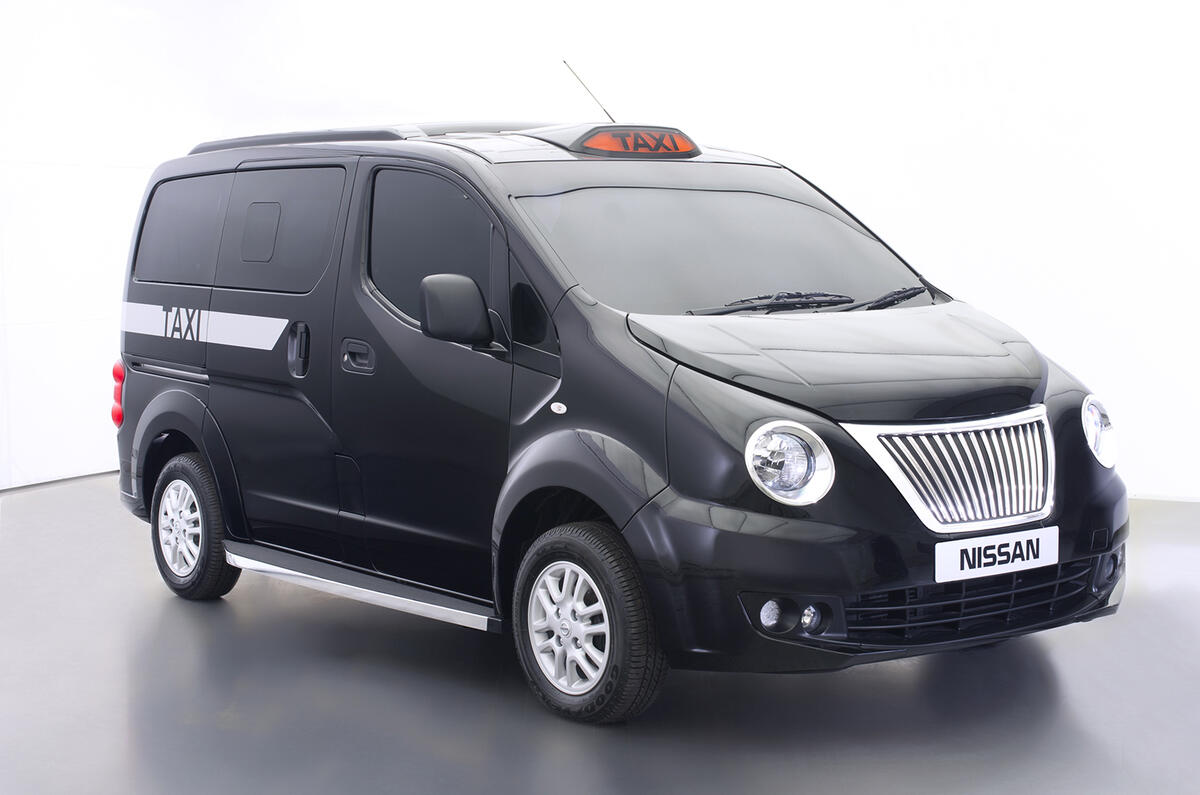
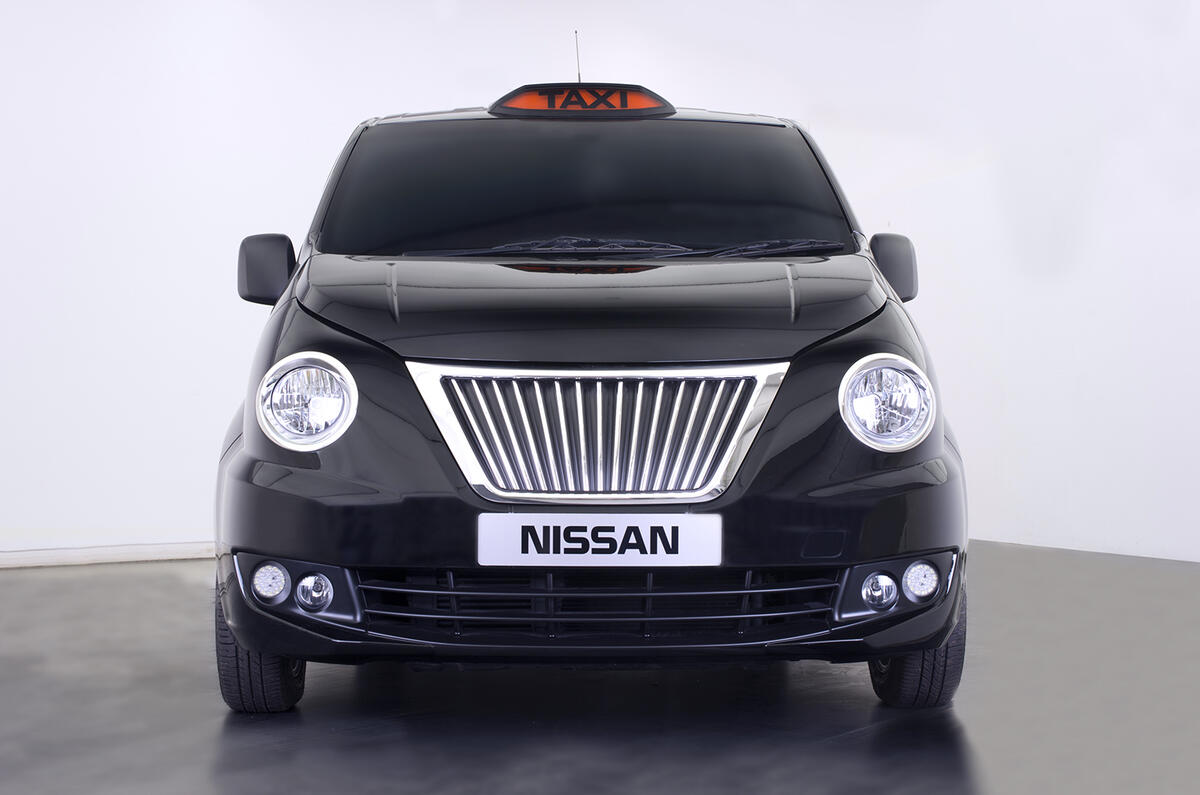
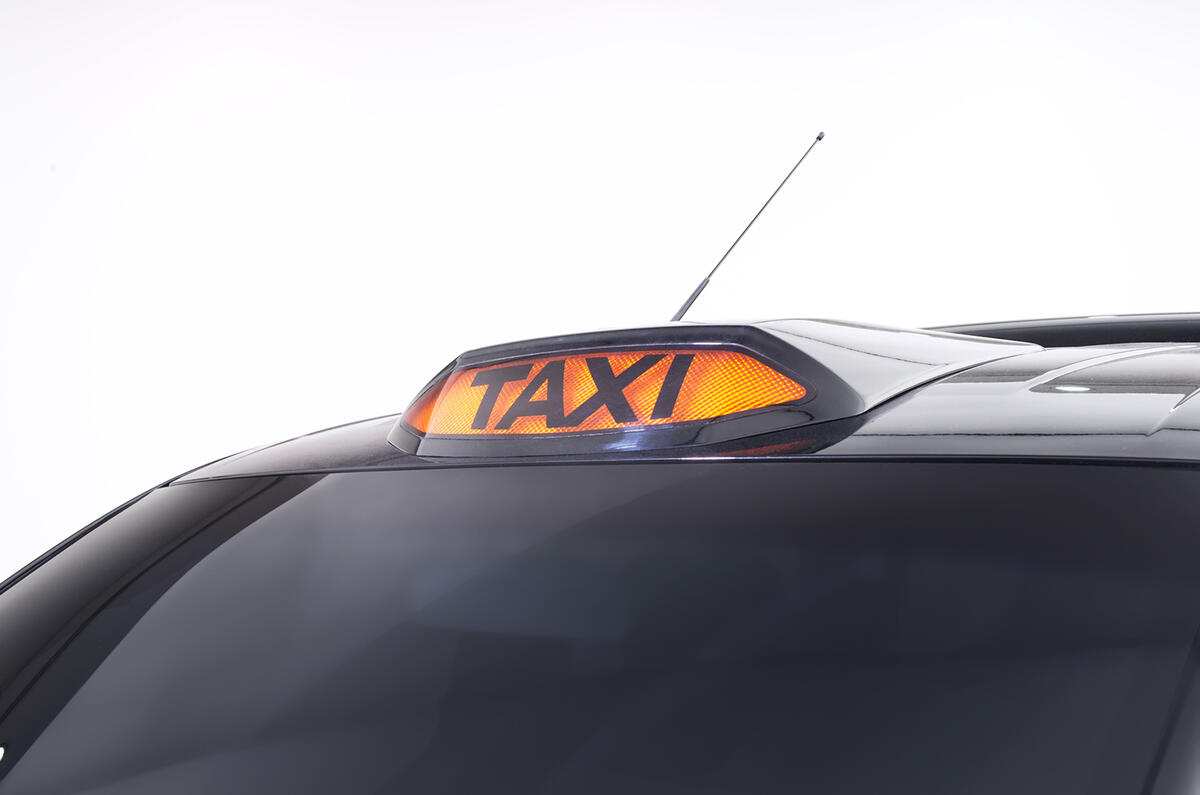
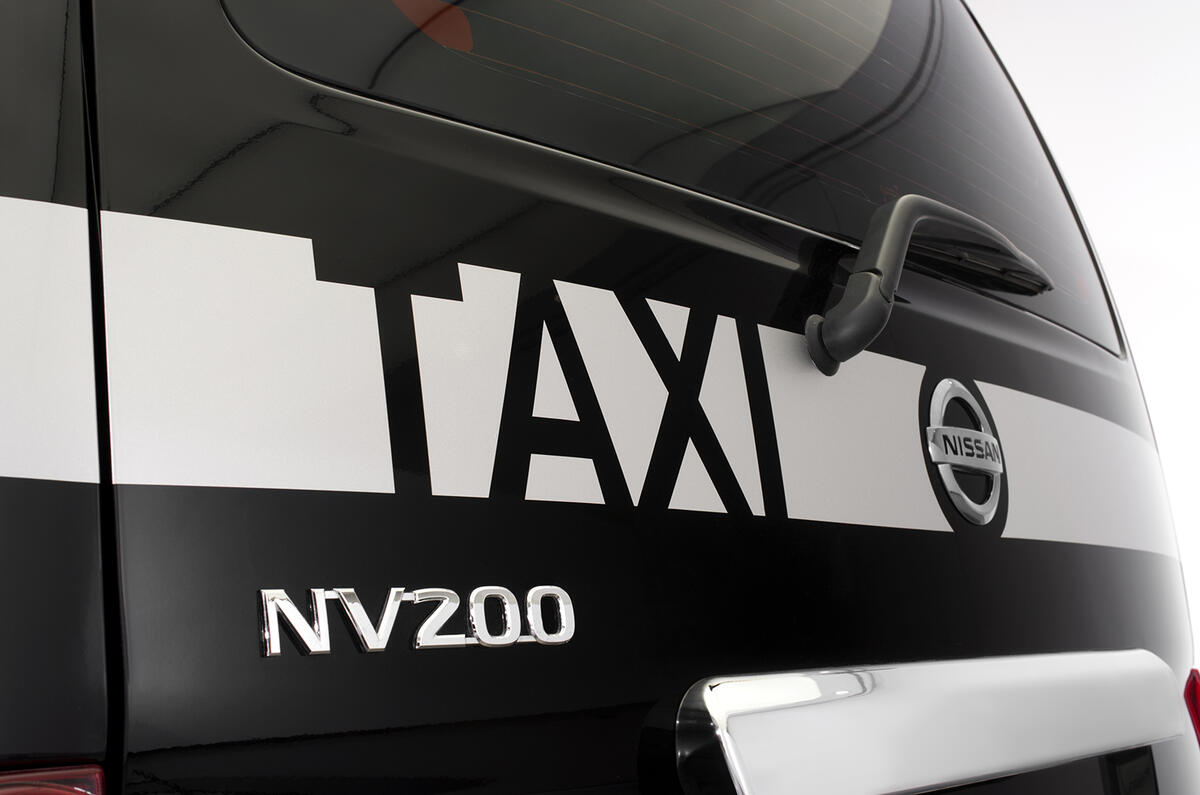
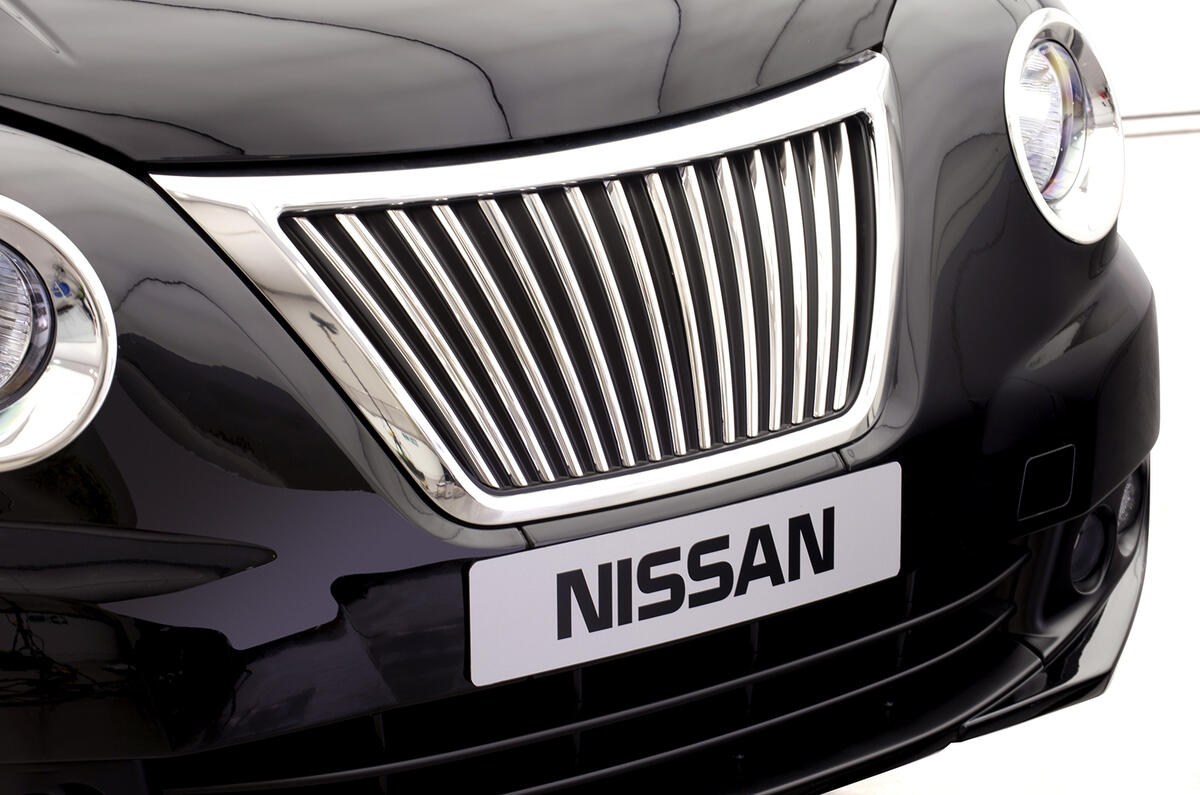
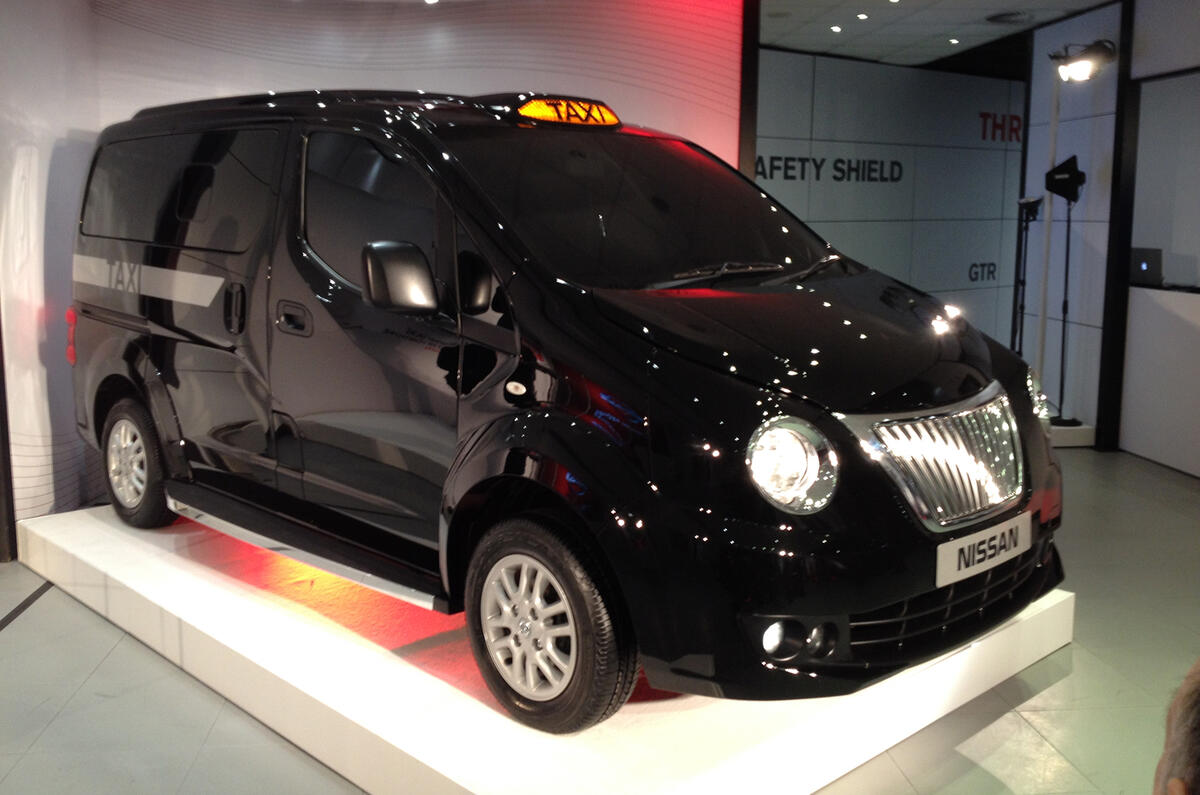

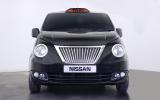


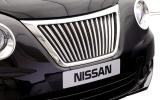
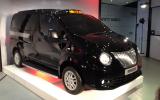







Join the debate
Add your comment
It's still not too late.
Ugly as sin, but I won't turn
But surely Geely Group can equip the FX4 with hybrid power and decent suspension?
Space, ride, cost, emissions, looks
I presume space will be no worse than current cabs...
As a London resident I will be very happy to see more of these on the road if they replace the old diesel fume-belchers off the road. Lower particulate emissions are a positive in my view. I would be interested to read if it cuts the ignition when stationary.
The grille and headlights look unnecessarily foul but to be honest I don't care if it's more comfortable, cleaner and no more expensive than current cabs.